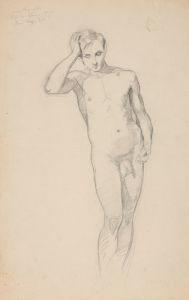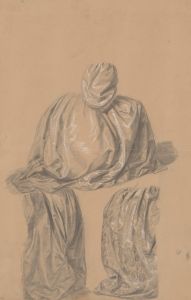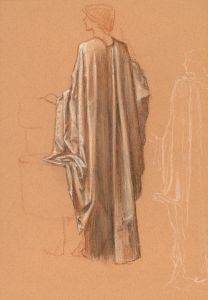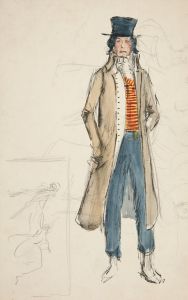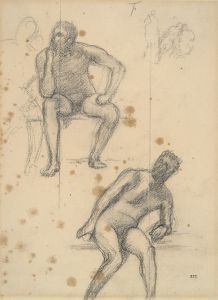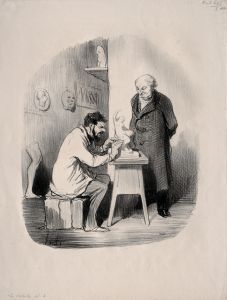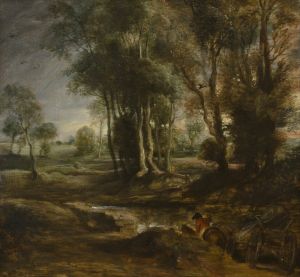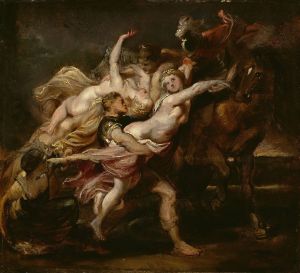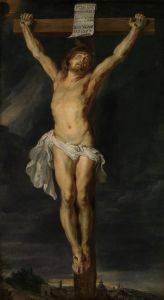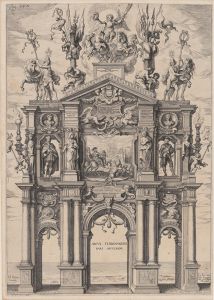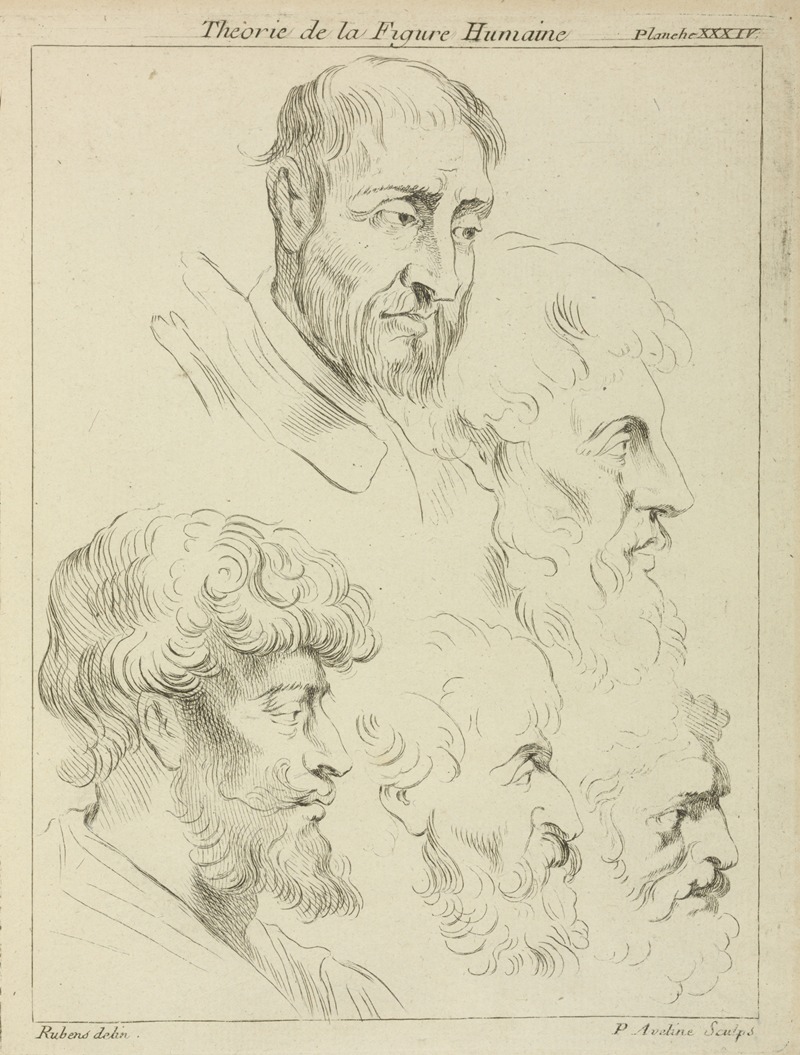
Five studies of men’s heads, four in profile
A hand-painted replica of Peter Paul Rubens’s masterpiece Five studies of men’s heads, four in profile, meticulously crafted by professional artists to capture the true essence of the original. Each piece is created with museum-quality canvas and rare mineral pigments, carefully painted by experienced artists with delicate brushstrokes and rich, layered colors to perfectly recreate the texture of the original artwork. Unlike machine-printed reproductions, this hand-painted version brings the painting to life, infused with the artist’s emotions and skill in every stroke. Whether for personal collection or home decoration, it instantly elevates the artistic atmosphere of any space.
Peter Paul Rubens, a prominent Flemish Baroque painter, is renowned for his dynamic compositions, vibrant color palette, and masterful depiction of human figures. Among his extensive oeuvre, "Five Studies of Men's Heads, Four in Profile" stands out as a remarkable example of his skill in capturing the human form and expression. This artwork is a study, a type of preparatory work that artists often create to explore different aspects of a subject before executing a final piece.
The drawing, "Five Studies of Men's Heads, Four in Profile," is believed to have been created in the early 17th century, during a period when Rubens was actively producing numerous studies and sketches. These studies were integral to his creative process, allowing him to experiment with composition, lighting, and anatomy. The artwork is executed in black chalk, a medium that Rubens frequently used for its versatility and ability to convey subtle gradations of tone.
In this particular study, Rubens focuses on the male head, presenting five distinct views. Four of these heads are depicted in profile, a perspective that allows for a clear examination of the contours and structure of the face. The fifth head is rendered in a slightly different angle, showcasing Rubens' interest in capturing the diversity of human expression and form. Each head is meticulously detailed, reflecting Rubens' deep understanding of anatomy and his ability to convey character and emotion through facial features.
The study demonstrates Rubens' adeptness at rendering different textures and volumes, from the softness of the skin to the coarseness of hair. The use of light and shadow is particularly notable, as it adds depth and dimension to the heads, enhancing their three-dimensionality. This technique is a hallmark of Rubens' style, contributing to the lifelike quality of his figures.
Rubens' studies were not merely exercises in technical skill; they also served as a repository of ideas and motifs that he would later incorporate into his larger compositions. The heads in this study may have been intended for use in one of his many religious or mythological paintings, where expressive faces play a crucial role in conveying narrative and emotion.
The significance of "Five Studies of Men's Heads, Four in Profile" lies in its demonstration of Rubens' artistic process and his ability to capture the essence of his subjects with economy and precision. While the study itself is not as widely known as some of his larger works, it provides valuable insight into the methods and techniques of one of the Baroque period's most influential artists.
Today, Rubens' studies, including this one, are highly regarded for their contribution to the understanding of Baroque art and the development of portraiture. They are studied by art historians and appreciated by art enthusiasts for their technical brilliance and the glimpse they offer into the mind of a master artist.





